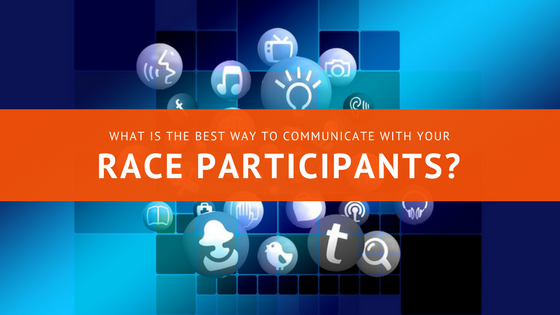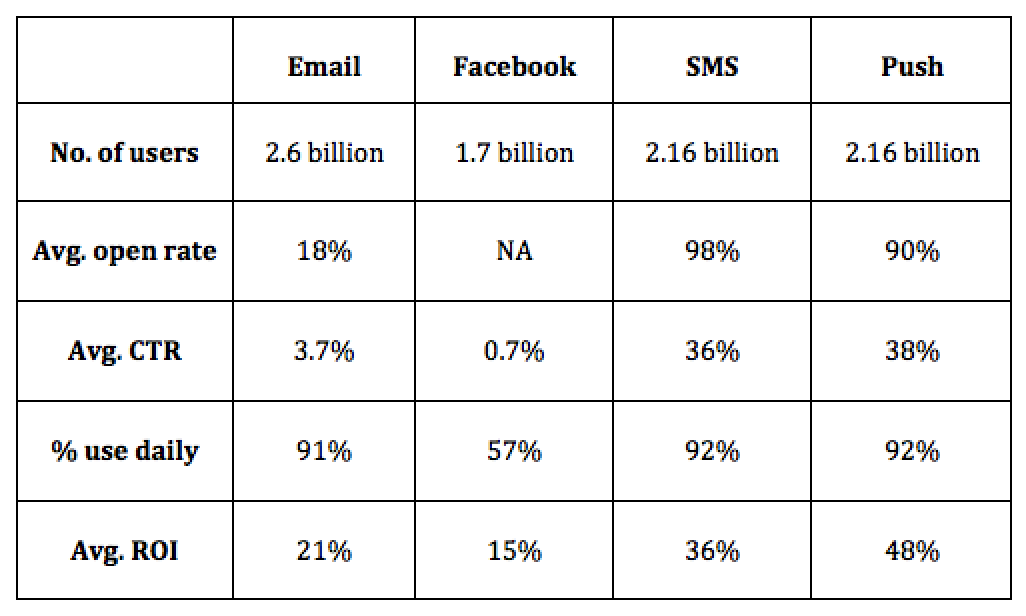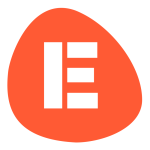
What is the best way to communicate with your race participants?
By Team EtchRock in All,EtchRock,Inbound Marketing
- 5 ways to boost your post-event engagement - June 22, 2017
- 7 ways to grow your email database - June 15, 2017
- 5 ways to increase slowing ticket sales - May 29, 2017
There are many different ways to communicate with your race participants, but which one is the most successful?
Email, social media, push notifications and SMS are the most popular methods of contacting customers, but it’s difficult to know how and when to use each platform. Cost, device and frequency all play a part in how successful your communications are, but what ultimately drives a campaign’s success is how much value you offer the recipient in the message.
But that’s just the problem. Even if you have the best offer in the world, if the recipient doesn’t see your message, it’s redundant. In this article, we go through the pros and cons of each of the four communication platforms mentioned above to help you evaluate what method is best for your brand.
But before we get into each method of communication, it’s first important to recognise the biggest influencer in the direction that the market is taking, mobile devices.
The growth of mobile has now reached the point where it is more popular than desktop.
This has seriously impacted the way that we deliver communications to our customers and has a profound impact on some of the more traditional models.
So let’s get into it!
Key stats
Number of users: 2.6 billion
Average open rate: 18%
Average click through rate: 3.7%
% used daily: 91%
Average ROI: 21%
Biggest pros:
Fully customizable
You can get extremely creative with email. You will be able to take your design as far as your capabilities will allow you. There are no layouts or restrictions that you have to follow, you’re working from a blank canvas.
Relatively cheap
Compared to the other communication methods on this list, email is the cheapest. You’re only paying for the bulk push, not clicks through to your links.
Varied messaging
You can promote multiple messages in any one email. You’re never limited to showcasing one certain aspect of your event.
Biggest cons:
Spam filters
The bane of any email marketer. Unfortunately, spam filters can block prospects from reading your message, even if they have subscribed to your communications.
Unsubscribe links
As fast as you can gain an email subscriber, you can loose them too. Also, once they are gone, it can be hard to bring them back into the fold.
Saturated market
Who doesn’t get hundreds of ‘spam’ emails every month? Even if the viewer is a fan of your brand, your message can get easily lost in the sea of the clutter of anyone’s inbox.
Social Media (Facebook)
Before we get into the stats for Facebook, we just wanted to let you know why we are only profiling Facebook ads as opposed to social media as a whole.
Firstly, Facebook is the biggest and most popular social network. There is very little data that collates the results of all the networks as a whole as this it would most likely be inconclusive.
Secondly, we are highlighting ads as opposed to posting for free on business accounts. This is due to the fact that success rates for free posts on FB are highly depended on the number of likes and level of engagement. We are keen to explore the success rates of paid forms of communication.
Key stats
Number of users: 1.7 billion
Average open rate: NA
Average click through rate: 0.7%
% used daily: 57%
Average ROI: 15%
Biggest pros:
Highly shareable
Your message has the power to reach much further than the original constraints of your targeting options. People has the capability to tag others in your ad and share it across their social networks.
A/B testing
Facebook allows you to test multiple different types of message to the same audience so that you can track the effectiveness of your ad using the power editor.
Content driven
Facebook users value great content. If the message that you are communicating were visual/video driven, Facebook would be the place to do it.
Biggest cons:
Pay to play
Facebook is a notoriously expensive platform to communicate with your customers if you’re using ads. Although CPC can be driven down, you’re still paying for each individual interaction.
Getting noticed
As you can see from the average CTR, it sits at 0.7% which is very low. Even though you may not be paying for impressions, your message can get easily lost in the news feed.
Lots of set up & monitoring needed
Compared to the others on this list, Facebook ads need to be constantly monitored and optimised to get the best results which can be very time-consuming.
SMS
Number of smartphone users: 2.16 billion
Average open rate: 98%
Average click through rate: 36%
% used daily: 92%
Average ROI: 36%
Biggest pros:
Average open rate
By far the most successful form of communication in terms of open rate. Why? Because to even see a text message, you need to open it first.
90% of SMS messages are read within the first 3 seconds
This stat doesn’t need any explaining.
Huge target audience
Everyone that you are communicating will most likely have a smart phone and at the very least an old mobile device. You should be able to reach 99% of your target audience this way.
Biggest cons:
Short format
You only have 140 characters to send out your message so you have to be direct and to the point.
Text only
As of right now, the majority of SMS marketing messages have no use of visual media. This makes it tough to showcase some of your brand’s best features.
Can be considered intrusive
There are plenty of people who think that mobile marketing is too invasive. This is why a large number of people prefer to opt into email marketing instead.
Push notifications
For those that don’t know, a push notification is a message that pops up in the status bar or lock screen of your smart phone. Once they’ve caught your attention, they disappear. Usually, customers are prompted to approve push notifications when they download your app or service.
Number of smartphone users: 2.16 billion
Average open rate: 90%
Average click through rate: 38%
% used daily: 92%
Average ROI: 48%
Biggest pros:
Communication any time
Even after you have closed the app, you’re still able to receive push notifications. They do not require you to stop what you are doing on your smartphone as you can see the message in the notification bar.
Great way to push a singular call to action
If you’re announcing a new event, price rise or anything timing related, push notifications are a great way to elicit a quick response.
Personalized options
You have the ability to target specific customers with personalised messages, which is becoming more & more important nowadays.
Biggest cons:
Can be intrusive
Just like SMS, if you send too many of these communications, it can be considered intrusive and the user might turn off the push notification option.
Can be expensive
Depending on how your app or service is set up, push notifications can be a pricey option to send out your message.
Only relevant to users with the app
Whilst push notifications may have great success rates, this only applies to people that have downloaded the app. Those that don’t have it will never be able to receive your message.
So after looking at all the options, which is best? Let’s have a look at each of the communications stacked up against each other.

If you’re comparing all the different options side by side, and just go off statistics, then push notifications is the clear winner. You could even argue that based off ROI alone, it would be the most effective choice.
But there are stipulations too. Firstly, different platforms are better suited to different types of communication. For instance, it doesn’t matter how effective push notifications are if you want to promote a new video.
Another issue is that apps are expensive and there are very few events who actually have their own apps. Luckily for you, with the EtchRock platform, event organisers can send out push notifications to participants that have attended your event before or follow you on EtchRock. If you’d like to find out a little more about our push notification service, drop us an email at partners@etchrock.com and we’ll give you the run down on how you can use this service…For FREE!
When choosing a communication method, it ultimately comes down to understanding how your target audience wants to be contacted. The more that you know, the more informed decisions you will be able to make about when and how to push out certain types of content.
Don’t forget to subscribe to the EtchRock Resources to stay up to date with the latest content!


